Earthlings are fortunate. Our planet has a robust magnetic shield. Without out magnetosphere, the Sun’s radiation would’ve probably ended life on Earth before it even got going. And our Sun is rather tame, in stellar terms.
What’s it like for exoplanets orbiting more active stars?
Many people likely seldom think of the Earth’s protective magnetosphere. Maybe they’re lucky enough to catch a glimpse of the auroras and take note of how beautiful they are. But the auroral eye candy is just that: eye candy. The real gift of the magnetosphere may be life itself.
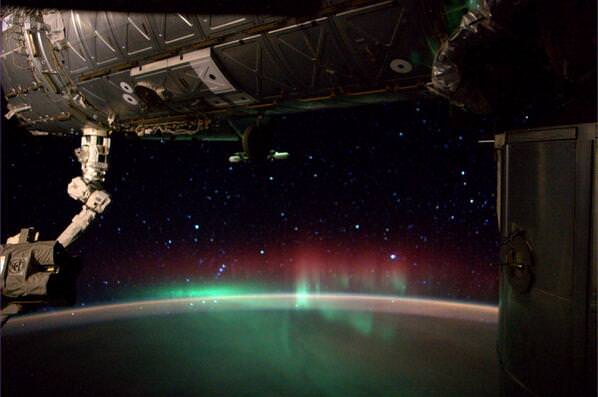
In stellar terminology our Sun is a G-type main sequence star. G-type stars are relatively sedate and steady, though of course they fluctuate and flare like their more active cousins, the M-type stars. But whether a star is an M-type or a G-type, the flaring activity can be a serious hazard to an exoplanet and its chances of developing life.
An M-type star is also known as a red dwarf, and they can flare a lot more than our Sun. A new study points out that the radiation and flaring from any star, either G-type or M-type, is a serious constraint on the habitability of exoplanets.
“This would make life on such planets vulnerable to frequent extinction-level radiation blasts by terrestrial standards with only highly radio-resistant extremophiles surviving.”
Dmitri Atri, Author, NYU, Abu Dhabi
The paper is titled “Stellar proton event-induced surface radiation dose as a constraint on the habitability of terrestrial exoplanets.” It’s published in the Monthly Notices of the Royal Astronomical Society: Letters. The sole author is Dmitri Atri of the New York University in Abu Dhabi, United Arab Emirates.
Among the approximately 4,000 exoplanets we’ve discovered so far, only a small portion of them are in the habitable zones of their stars. That means the temperature is in the right range for liquid water to exist on the planet surface, given a reasonable assumption about the planet’s atmospheric pressure. A good portion of those—about 17—are in the conservative habitable zone of their stars. Another 30 or so are what’s called the optimistic habitable zone, a wider area than the conservative zone.
Based on Kepler data, there could be as many as 40 billion Earth-sized planets orbiting in the habitable zones of red dwarfs and Sun-like stars.

But without a robust magnetosphere to protect them from their stars, how many of them can really be considered as in the habitable zone?
In a press release, Atri said “As we continue to explore the planets of the solar system and beyond, discovering if these planets have the ability to support life continues to be of immense importance. More progress in this area will improve our understanding of the relationship between extreme solar events, radiation dose, and planetary habitability.”
Atri’s paper looks at all of the radiation that stars direct at their planets. Stellar flares, Coronal Mass Ejections (CMEs), and Stellar Proton Events (SPEs), can abruptly bombard planets with non-thermal radiation consisting of X-rays, EUV (XUV), and stellar energetic particles (SEPs). These can all erode a planet’s atmosphere, initiate photochemical changes, and bathe a planet in radiation.

A planet’s magnetic shield can protect it from these flares, and the atmosphere can play a protective role too. In Atri’s study, he looked at particle spectra from 70 major flare emitting events (observed between 1956 and 2012.) He measured both the spectrum of the flares and their strength, and compared it to the protective nature of the magnetic shield and the atmosphere.
We know a great deal about how solar wind and flares interacts with Earth’s magnetosphere. That allowed Atri to estimate how exoplanets respond to flares. Atri focused on the direct effect that radiation from flares has on life, rather than on indirect effects like atmosphere stripping.
When a star flares, it doses the planet with radiation. According to Atri’s study, the effect the radiation has on the planet is directly related not only to the strength of its magnetic field, but also on the column depth of its atmosphere. The abrupt bursts of ionizing radiation that strike a planet from a flare can not only damage or kill organisms, but can also alter their habitat, without enough magnetic and atmospheric protection.
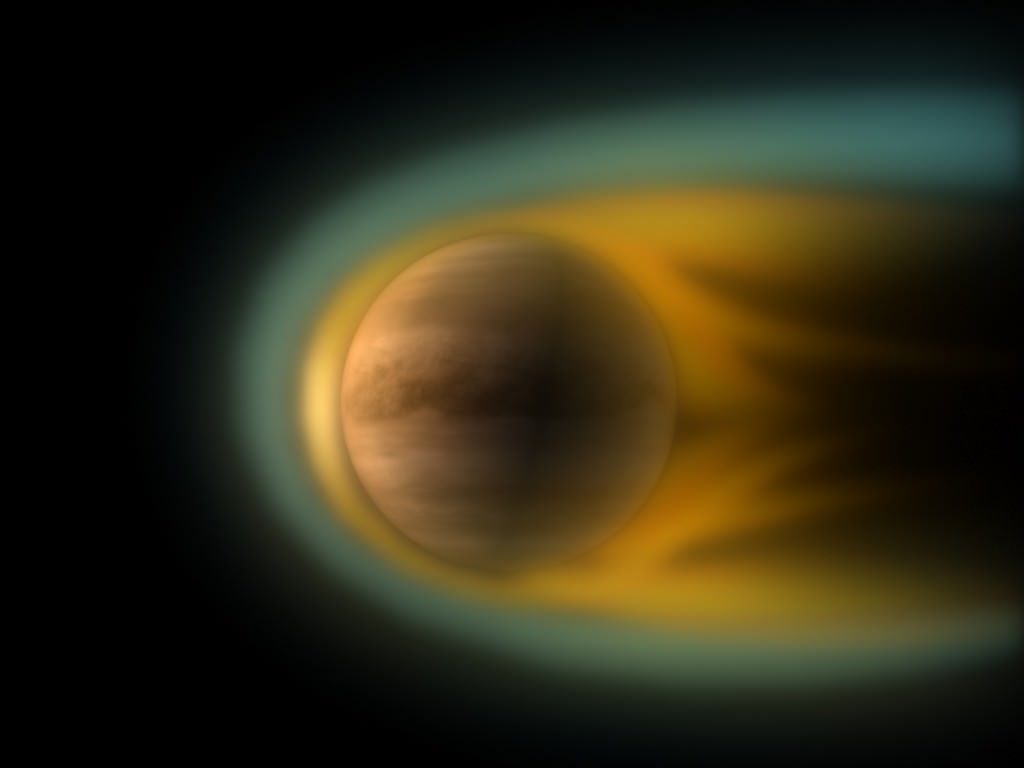
This is not exactly headline news. We know that radiation from stars is dangerous. But Atri went further: he tried to quantify how flares of the same strength can affect habitability depending on the spectra of those flares. His results show a variability of five orders of magnitude for flares with the same energy, but different spectra.
Atmospheric column depth had a similar effect. “In terms of shielding, we found that atmospheric depth (column density) is a major factor in determining radiation dose on the planetary surface. Radiation dose is reduced by 3 orders of magnitude corresponding to an increase in the atmospheric depth by an order of magnitude.”
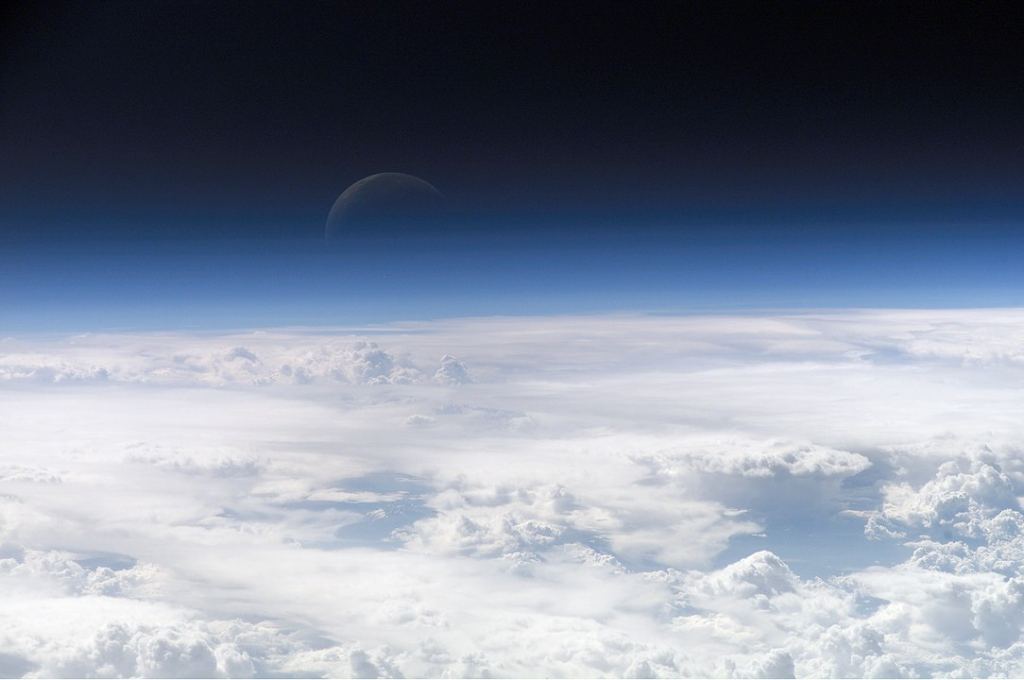
Perhaps surprisingly, the strength of the magnetosphere had less of a protective effect against radiation. “We found that the planetary magnetic field is an important but a less significant factor compared to atmospheric depth. The dose is reduced by a factor of about 30 corresponding to an increase in the magnetospheric strength by an order of magnitude.”
But a planet’s magnetic field plays an additional role. “However, it should be noted that planetary magnetic field is crucial in maintaining a substantial atmosphere on a planet,” the study says.
We’ve learned a lot about flaring rates in stars, which is a part of understanding habitability on exoplanets. The Sun emits powerful flares of up to 1035 ergs every 2000 to 3000 years, while other M-type stars that are younger and faster-rotating can emit them up to 100 times more frequently. Other stars are known as “flare stars” because they produce so-called super flares more powerful than our Sun ever produces. Given that many of these are red dwarfs, the type of star where most exoplanets are found, the prognosis for habitability is questionable.
But as Atri’s work points out, it’s not just the strength of the flare, but its spectrum too, that places constraints on habitability.
As he says in the conclusion, “Although recent observations have given us good measurements of flaring rates of nearby stars, the main source uncertainty in this work is the lack in measurement of particles ejected by high-energy flares (1032–1036?erg) on other stars. More progress in this area will improve our understanding of the relationship between extreme solar events, radiation dose, and planetary habitability.”
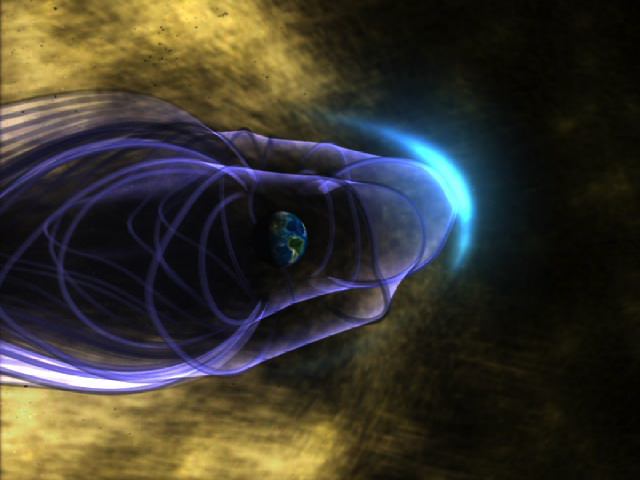
It may be that without protection from flares, either magnetic or atmospheric, many of the planets we categorize as habitable simply can’t be. Or it may be that the habitability is limited to extremophiles. As Atri says in his paper, “This would make life on such planets vulnerable to frequent extinction-level radiation blasts by terrestrial standards with only highly radio-resistant extremophiles surviving. Such levels are expected for close-in planets.”
That final sentence could be particularly damning.
Since red dwarfs are so plentiful in the Milky Way, that’s where we find most exoplanets. And since those stars put out less energy on average, their habitable zone is much closer than it is around a star like our Sun. That means that without enough of a magnetosphere, and without a deep enough atmosphere, many of the planets we consider as potentially habitable, simply aren’t.
More:
- Press Release: NYU Abu Dhabi researcher discovers exoplanets can be made less habitable by stars’ flares
- Research: Stellar proton event-induced surface radiation dose as a constraint on the habitability of terrestrial exoplanets
- Universe Today: A Red Dwarf Blasts off a Superflare. Any Life on its Planets Would Have a Very Bad Day

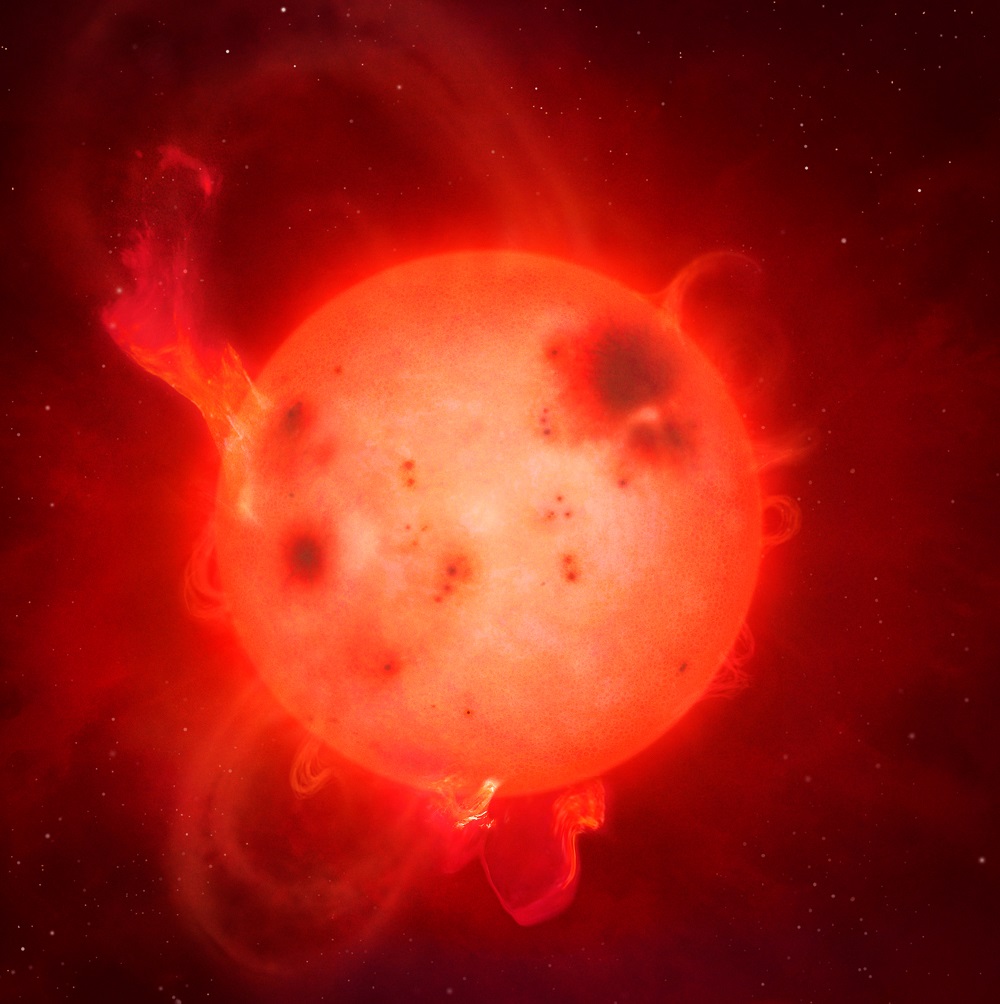
“Perhaps surprisingly, the strength of the magnetosphere had less of a protective effect against radiation. “We found that the planetary magnetic field is an important but a less significant factor compared to atmospheric depth. The dose is reduced by a factor of about 30 corresponding to an increase in the magnetospheric strength by an order of magnitude.””
This is not exactly headline news. The atmosphere is what protects the surface from radiation, if the magnetosphere has any effect at all it is to protect the atmosphere (but see below).
“Without out magnetosphere, the Sun’s radiation would’ve probably ended life on Earth before it even got going.”
So what does that even mean in the context? Above all, how would surface radiation penetrate further than a meter or so in the oceans where life could evolve, as it seems they did here on Earth (with universal ancestor lineage tied to ocean hydrothermal vents)?
““However, it should be noted that planetary magnetic field is crucial in maintaining a substantial atmosphere on a planet,” the study says.”
Oy. Neither author nor referee has been careful here!
The last reference to that claim in the paper conclusion was the one I immediately thought of, which concludes the magetic field may at best be *harmful*:
“Magnetospheres form both around magnetised planets, such as Earth, and unmagnetised planets, like Mars and Venus, but it has been suggested that magnetised planets are better protected against atmospheric loss. However, the observed mass escape rates from these three planets are similar (in the approximate (0.5–2) kg s?1 range), putting this latter hypothesis into question. Modelling the effects of a planetary magnetic field on the major atmospheric escape processes, we show that the escape rate can be higher for magnetised planets over a wide range of magnetisations due to escape of ions through the polar caps and cusps. Therefore, contrary to what has previously been believed, magnetisation is not a sufficient condition for protecting a planet from atmospheric loss. Estimates of the atmospheric escape rates from exoplanets must therefore address all escape processes and their dependence on the planet’s magnetisation.”
{“Why an intrinsic magnetic field does not protect a planet against atmospheric escape”,
Herbert Gunell1,2, Romain Maggiolo1, Hans Nilsson3, Gabriella Stenberg Wieser3, Rikard Slapak4, Jesper Lindkvist2, Maria Hamrin2 and Johan De Keyser1, https://www.aanda.org/articles/aa/abs/2018/06/aa32934-18/aa32934-18.html ]
As far as I know the question remains wide open, and there is no evidence that a magnetic field protects the atmosphere. On the contrary, MAVEN does not see it at Mars and modern models does not see it for Earth.